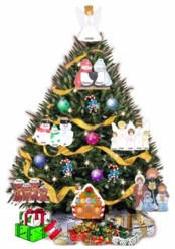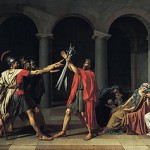 I recently had the pleasure of finishing my reading of Brandon Sanderson’s latest Mistborn novel: The Alloy of Law. It was fantastic, full of his snappiest dialogue to date, hilarious self referential jokes and a plot that moved forward with the stunning pace of a bullet train. Taking place some hundreds of years after the conclusion of the original Mistborn trilogy, the world and setting had completely changed, and yet it was at once instantly familiar.
I recently had the pleasure of finishing my reading of Brandon Sanderson’s latest Mistborn novel: The Alloy of Law. It was fantastic, full of his snappiest dialogue to date, hilarious self referential jokes and a plot that moved forward with the stunning pace of a bullet train. Taking place some hundreds of years after the conclusion of the original Mistborn trilogy, the world and setting had completely changed, and yet it was at once instantly familiar.
In fact, while the main and supporting characters were thoroughly enjoyable and thoroughly hilarious with all of their requisite Sanderson corniness and wit, I found myself mostly intrigued with the setting itself. I was stunned to realize: the setting of this book was just as much a character to me as Wax and Wayne and the rest of the cast. What made that so?
I think, for me, it was the progress, the change and development to the setting since last time I had visited Scadrial in the original Mistborn trilogy. Without throwing out too many spoilers, within the three hundred or so years between books technology had begun to modernize. Trains now race through the city and branch out through the unsettled “Roughs”, criminal and lawman alike have dropped their blades and taken up potent firearms, main characters from the original story have faded into myth, legend and theology. As I said, I found a new sense of conflict and development in the actual world building behind the story. It had become a living, breathing character.
I tried to pin down how, exactly, Mr. Sanderson was able to achieve this, and I think it boils down to the most obvious aspect: the passage of time. In a lot of fantasy stories and series, it is sometimes surprising how little time actually passes. For example, in The Wheel of Time, after twelve exhaustive books, I’m pretty sure only 2-3 years have passed. Sure, the setting might be growing and changing based on the actions of the characters, but profound change in technology, government and lifestyle usually takes decades, even centuries.
That is why after three hundred years or so “off screen” I was fascinated by my second trip to Mistborn‘s Scadrial, and I’m really interested in finding more stories or series in which time and generations can pass, and the setting is able to develop as a prominent character. Another one I can think of off the top of my head is Kevin J. Anderson’s Terra Incognita series. The stories move at a blistering pace and sometimes years pass a decade at a time. The landscape and inhabiting cultures are scoured by war and the vast scope of the story really gives room for the world itself to develop.


